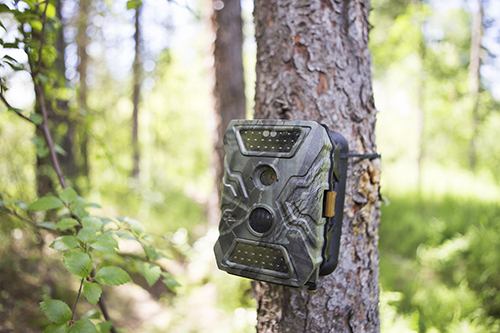5 Tips for Trail Cameras
Aug 15, 2022

There’s no doubt that trail camera technology has become more and more advanced over the years. With higher image resolutions and longer detection ranges, trail cameras can be a useful tool in the hunter’s arsenal to gather intel on wildlife patterns and characteristics. If not properly positioned and cared for, though, it can be easy to miss out on the full benefits.
Listed below are five tips for trail camera usage that will help to produce better results:
Your local Co-op is stocked with gear for the hunting season, including trail cameras, hunting blinds, game feeders, attractants, food plot mixes, gun gear, and more. Find the nearest location here.
For more content like this, check out the latest issue of The Cooperator.
Listed below are five tips for trail camera usage that will help to produce better results:
- Mask your scent
- Avoid the sun
- Hang cameras high
- Make the deer stand still
- Leave it alone
Your local Co-op is stocked with gear for the hunting season, including trail cameras, hunting blinds, game feeders, attractants, food plot mixes, gun gear, and more. Find the nearest location here.
For more content like this, check out the latest issue of The Cooperator.